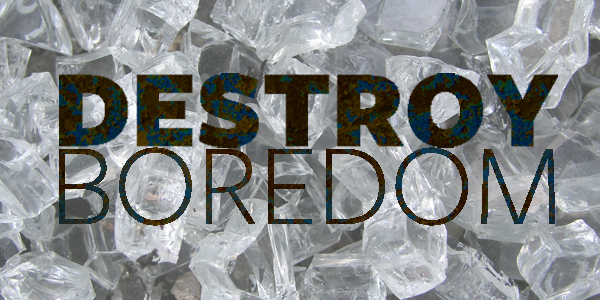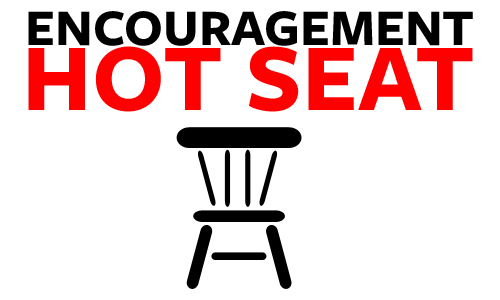Explaining a new idea without context can be smash-your-head-against-the-wall frustrating.
There are too many things you want to say, too many options of what to explain, too many directions to go.
I recently read the free ebook The Myth of the Garage by Chip and Dan Heath. They included an essay that describes anchoring, a solution to our aimless elaborations without boundaries.
How do you spread a new idea–fast–and get people to pay attention?
Innovations require lots of explaining…Explanations require lots of attention, but attention is scarce. So don’t explain. Instead, anchor your communication in what people already know…
[A]nchoring is easier than explaining from scratch…

Anchoring is latching your idea to something that already exists and using that as a launching pad. Of course, you can’t just say “We’re like Starbucks.” You need what the Heath brothers call “a twist.”
The only downside to anchoring is that, by hooking into existing ideas, it creates sameness. But to sell something you need difference. It doesn’t work to say, “Introducing Gleemy toothpaste–it’s perfectly interchangeable with Crest!”
That’s why a good innovation story couples an anchor with a twist.
When you’re dreaming of a new product, organization or mission, context is key. Give an example, an anchor, for people to latch onto so they can see where you’re going. Continue reading


